Date: 25 March 2010
In addition to demonstrations, hands-on activities and presentations on nanotechnology by world-renown scholars, a select number of companies with commercialized nano-scale products have been invited to exhibit.Research Frontiers is one of these companies and will demonstrate two types of SPD-SmartGlass. SPD film for both was produced by Research Frontiers licensee Hitachi Chemical Company, Ltd., and glass lamination was done by licensee LTI Smart Glass. One of the SPD-Smart laminates is made using Hitachi Chemical's "dark" SPD film which blocks as much as 99.5% of incoming light, more than any large-format smart glass technology available today. The second laminate uses Hitachi Chemical's newest product offering, an SPD "light" film which has a clear-state visible light transmission as high as 65%, and still can block as much as 99% of incoming light when desired. SPD-SmartGlass using both of these films blocks over 99% of harmful UV light at all times.
SPD-Smart light-control film technology transforms widely used products ?windows, skylights, curtainwalls, partitions, sunroofs and more ?into products that allow users to instantly and precisely control the light, glare and heat entering a building or vehicle. SPD-SmartGlass is instantly tunable to an infinite number of light transmission states regardless of window size, and easily adapts to individual preferences using control devices ranging from basic dimmer switches and photosensors to those that are integrated into a building's or vehicle's intelligent control system. These unequalled performance characteristics help optimize energy-savings and human comfort, and they offer many other desired benefits such as increased security, noise reduction, protection from harmful ultraviolet light and the potential for aesthetically distinctive designs. Additional information about SPD technology and SPD-Smart windows and other products can be found at www.SmartGlass.com.
Buildings consume large amounts of energy. According to the US Green Building Council, US buildings account for 40% of the nation抯 energy use and more than 70% of electricity consumption. A large portion of this energy is used for heating, cooling and lighting purposes. Independent lab tests shows that some fabrications of SPD-Smart windows can reject 94% of incoming heat through windows (i.e. solar heat gain coefficient (SHGC) of 0.06), giving SPD-Smart windows the potential for being the most energy efficient windows on the planet. The distinctive performance characteristics of architectural SPD-Smart products give users the ability to regulate incoming light and heat through windows, skylights and other fenestration products. In addition to SPD-Smart technologies' excellent solar heat gain rejecting properties, this "harvesting" of heat and daylight can contribute to lower energy use in buildings and improved occupant well-being, benefits that also extend to SPD-Smart products used in the transportation sector where similar needs for greater fuel efficiency and passenger comfort are desired.

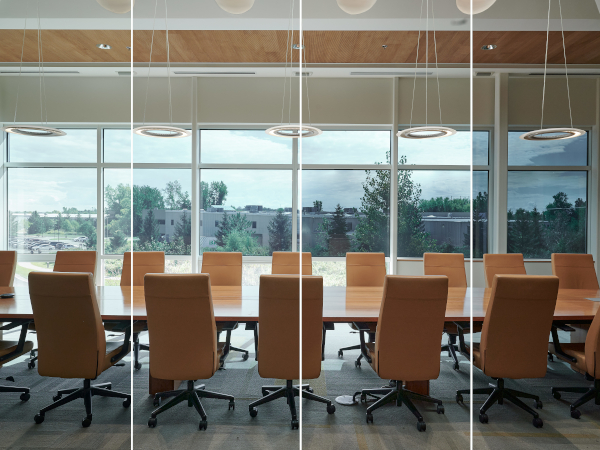
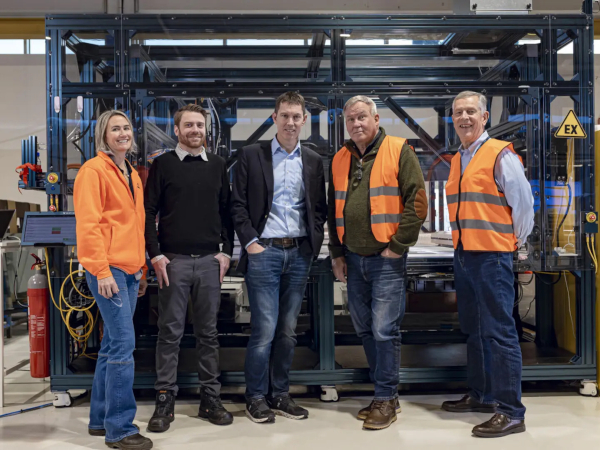

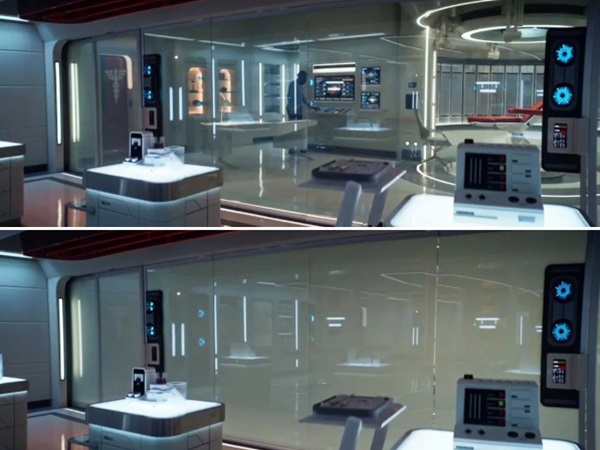
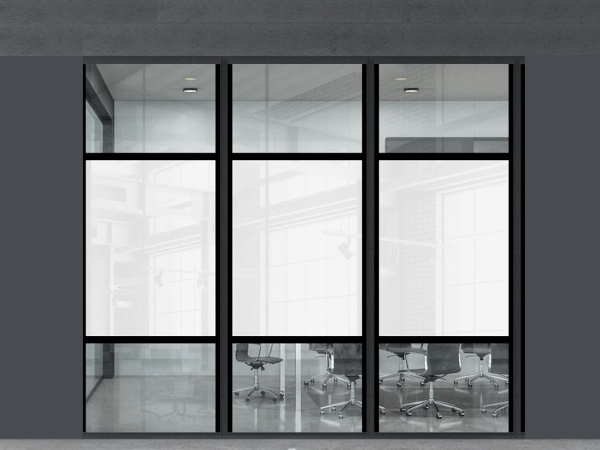
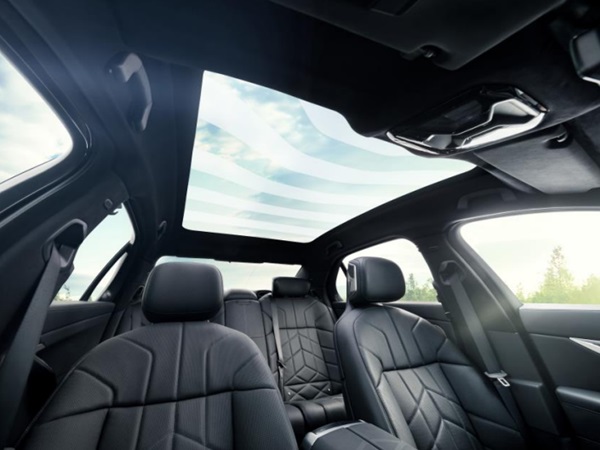

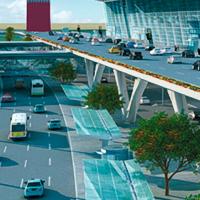

Add new comment